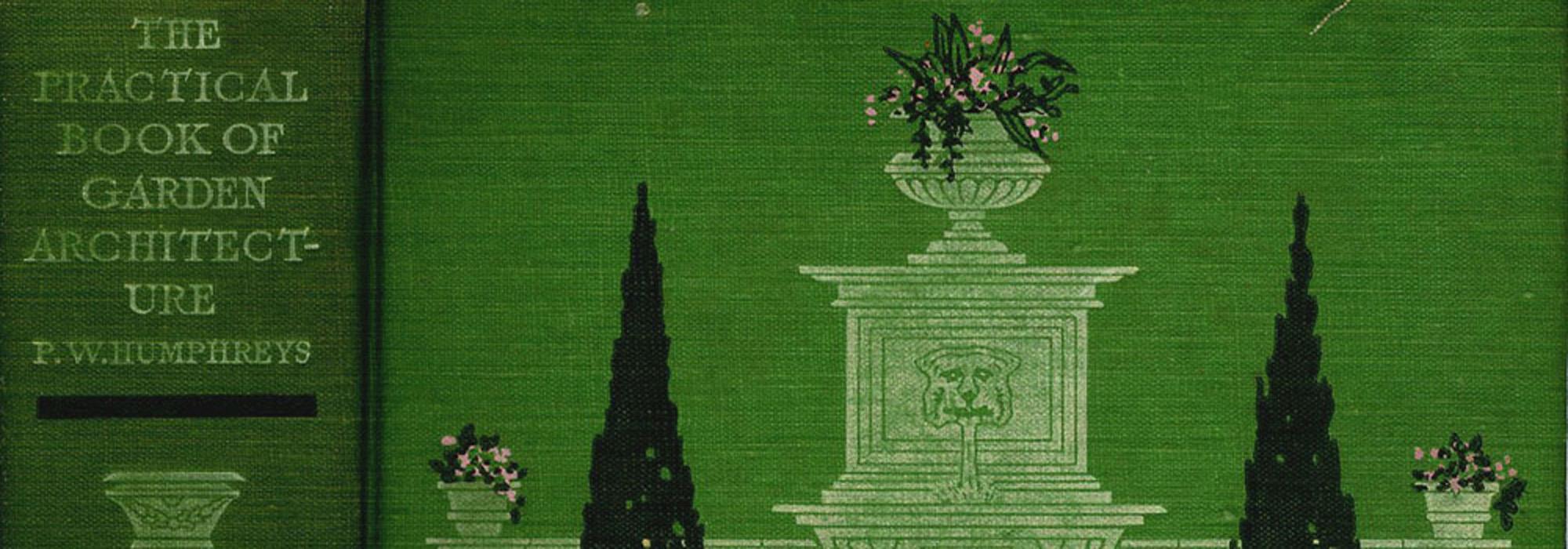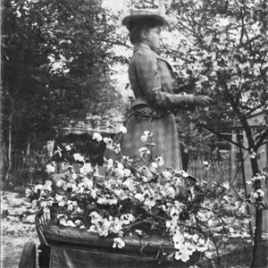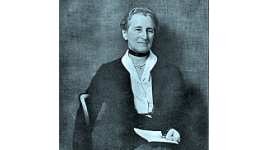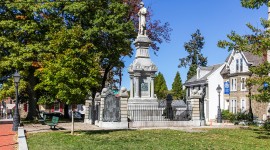Pioneer Information
Phebe Westcott Humphreys (1864-1939) was an author, horticulturist, photographer, garden tastemaker, and pioneer of botanical exploration by car—she called herself “the chauffeur naturalist.”
She was born in southwest New Jersey near Greenwich, where her father Enos ran a metalwork store and farmed. She studied at the South Jersey Institute (a private high school) and the Philadelphia School of Design for Women (now Moore College of Art & Design). She and her husband S. Walter Humphreys (1864-1932), a food manufacturer, raised their son Westcott at a mid-19th-century home in Philadelphia’s Germantown section. In 1891, she began writing about garden and landscape design for periodicals such as House Beautiful, House and Garden, and Harper’s Bazar as well as newspapers and floriculture and farming magazines. About 400 features and monthly columns bear her byline, and many also feature her photos.
She reported on trends: homeowners planting rhododendrons inspired by landscapes at the 1893 World’s Fair in Chicago, for instance, and charities offering horticulture classes for the poor. She described her own suburban experiments, trellising vines on umbrella frames and making pesticides out of tobacco stems. Humphreys and her family traveled in a Rambler roofless car as she collected ferns and wildflowers. She interviewed immigrant farmers as well as millionaires who modeled properties after European and Japanese precedents. She often called for preservation of indigenous plants and historic estates, endangered by subdivisions.
In her crowning achievement, The Practical Book of Garden Architecture (Philadelphia: J. B. Lippincott Company, 1914), she offered suggestions on topics from manmade lake excavations to “the use and abuse of adapting the Italian pergola.” Her other publications include two children’s books about animal habitats and a travel guidebook, The Automobile Tourist (Philadelphia: Ferris & Leach, 1905). Hundreds of her photographs survive at institutions including the Historical Society of Pennsylvania.






